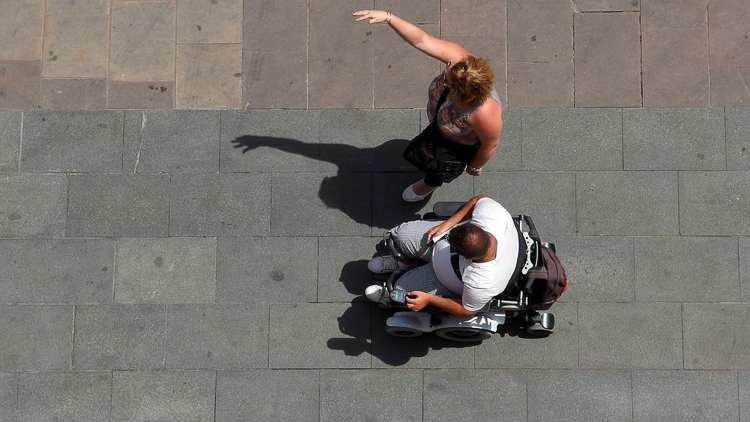Fair mobility
Mobility at the service of our lives. Getting about the city comfortably under any circumstance, during all life's stages, from any point and giving priority to the cleanest means of transport. With suitable infrastructures for every means of transport, ensuring an equal presence in public space for the most sustainable forms of transport. To achieve fair mobility in Barcelona, we are promoting routes for pedestrians and cyclists and reserving space for public transport. That will help us to counterbalance the excessive space allocated to private vehicles, which have traditionally undermined the right to mobility of more sustainable transport users.
That's how it is. Barcelona is moving towards a fairer distribution of available urban space, by promoting social uses of streets and making sustainable mobility a tool for human integration and cohesion. So you can move around the public space safely, sustainably and efficiently, in harmony with other sustainable means of transport. For a public space for people.
Fair mobility in Barcelona
You might be interested in...
-
BI Bicycle
-
BN Bus Network
99%
of the population has a bus stop less than 250 m.
Source: Barcelona City Council.

